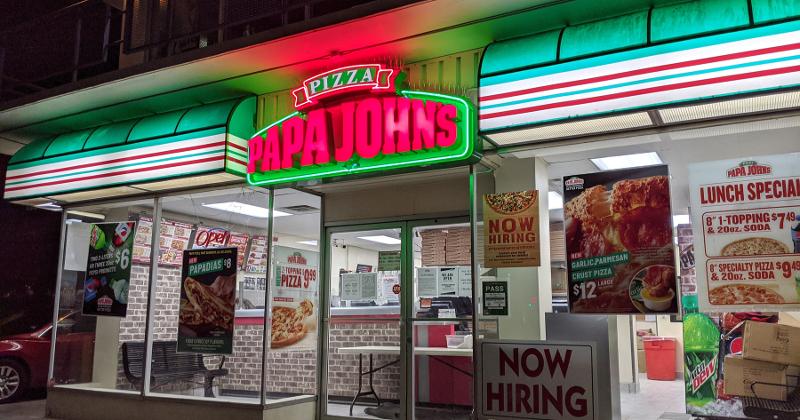Gas prices going up, but may peak soon, industry analysts say

 AAA says worst could be over by end of March
AAA says worst could be over by end of March
FARMINGTON — Gasoline prices continued to climb this week in New Mexico and across the country, reaching their highest point in nearly two years, according to a weekly survey by AAA.
The average statewide gas price in New Mexico on March 4 was $2.69 for a gallon of regular unleaded — 10 cents more than the price a week earlier and 37 cents higher than the price on that day in 2020, according to AAA New Mexico Weekend Gas Watch. Farmington drivers paid the highest prices of the state’s four metropolitan statistical areas at $2.75 a gallon.
The survey indicates drivers in the state are seeing the highest prices at the pump since June 2019. And the worst is yet to come, according to AAA market analysts, who predict the national gas price average will hit at least $2.80 later this month. That figure stood at $2.74 a gallon on March 4.
AAA New Mexico spokesman Daniel Armbruster said his organization is predicting gas prices may see their highest point of the year this month if the hurricane season does not result in another reduction in production later in the year.
“March could be the most expensive gas prices of 2021,” he said. “It is expected gas prices will come back down (after that).”
Industry analysts say gas prices are likely continue to increase during March, but drivers could see some relief beginning in April.
The historic winter storm that reached south Texas two weeks ago continues to draw the lion’s share of the blame for the recent increase in prices. Up to 40% of the refineries in the state were sidelined during the storm by freezing temperatures, Armbruster said, leading to a sharp decrease in production.
The organization reported that 2 million barrels a day of refining capacity were taken offline during the Arctic blast, and approximately 1 million barrels a day of crude oil production were shuttered in the region.
Even with the impact of the winter storm on production, gas prices in the U.S. already had been headed north for two months because of an anticipated increase in demand and production cuts by some OPEC members. That anticipated hike in demand now has materialized, Armbruster said, noting that U.S. gas consumption increased by approximately 12% recently, though it still trails the 2020 figure for early March.
The economic shutdown caused by the COVID-19 pandemic led to the reduction in demand over the last eight months of 2020, but analysts have been forecasting for weeks that a decrease in the virus transmission rate and an increase in vaccination rates would lead to a greater reopening of the economy and a subsequent increase in driving. That drove the initial increase in gas prices, while the effects of the Arctic blast supercharged it.
While some observers have blamed President Biden’s decision to cancel the Keystone XL pipeline project as one of the causes of the recent increases, Armbruster said AAA maintains that is not the case.
“The shutdown of Keystone XL has not had an immediate impact (on oil and gas prices) and is not likely to have an impact on either soon,” he said.
Armbruster said the pipeline was not scheduled for completion before 2023 and was therefore too far in the future to influence the price at the pump now.
“COVID-19, not Keystone, continues driving gas prices,” he said.






